The types of restaurants present in any given area often reflect the atmosphere of the environment in which they are located. For example, coastal towns are more likely to serve seafood than landlocked cities and southern restaurants are more likely to offer sweet tea than northern food establishments. Every city and suburb has a different aura based on the businesses present in the area, the financial status of its residents, and many other factors. Each aspect of an area plays a role in establishing the available cuisine options. For instance, the restaurants in Midtown, Buckhead, and Doraville all differ greatly from one another because each district has an ambiance determined by these socio-economic and demographic factors. The atmosphere and cuisine of Atlanta restaurants are heavily influenced by the “mood” of the area in which they are located.
Midtown Atlanta offers a large number of vegan, “fad” food, and fusion restaurants. However, the restaurants in the area have not always been of this variety. Midtown lies in the heart of Atlanta and is arguably developing faster than any other part of the city. It contains both Georgia Tech and manifold commercial businesses. The “mood” of Midtown is affected by these factors. Georgia Tech is predominantly a STEM school and many of its graduates pursue jobs in these fields. A large percentage of graduates work in Midtown and shape the environment of the commercial district. Georgia Tech graduates are just one small deciding factor in the mood of the city, but when compiled with all of the other populations in the area, the mood of the city is set. Within the past twenty years, the value of Midtown homes has increased greatly. One cause of this was the construction of the Atlanta Beltline. Statistics show that from 2011 to 2015 values rose between 17.9 percent and 26.6 percent more for homes within a half-mile of the Beltline than elsewhere. This increase in housing cost pushed less affluent individuals out of Midtown and allowed those with a higher income to move into the area.
At the heart of the Beltline lies Ponce City Market. The building reflects not only the current mood of Midtown, but also what its past atmosphere resembled. Ponce was once an old Sears, Roebuck & Co. warehouse, but in was recently transformed into an upscale food hall. As the socio-economic status of Midtown residents changed, the factory was forced to relocate to a less commercial district. However, “recycling” spaces is a common thing in Midtown and can be seen in places other than just Ponce. The food options within the hall are extremely diverse. While there are several ethnic options available, all of the restaurants are upscale. Because the individuals living in the area are from high-income households, this variety of food is in high demand. Midtown is an extremely gentrified district, so it often offers a “revamped” variety of the food that was once eaten in the area. For example, Minero is a restaurant in Ponce City Market. The atmosphere of the restaurant is simultaneously rustic and modern. The menu is entirely composed of Mexican food, but none of it is super authentic. This is a fantastic representation of the majority of the restaurants in Midtown. They all reflect the diversity of the area, but do not fail to also encapsulate the gentrification present and the constant increase in the area’s affluence.
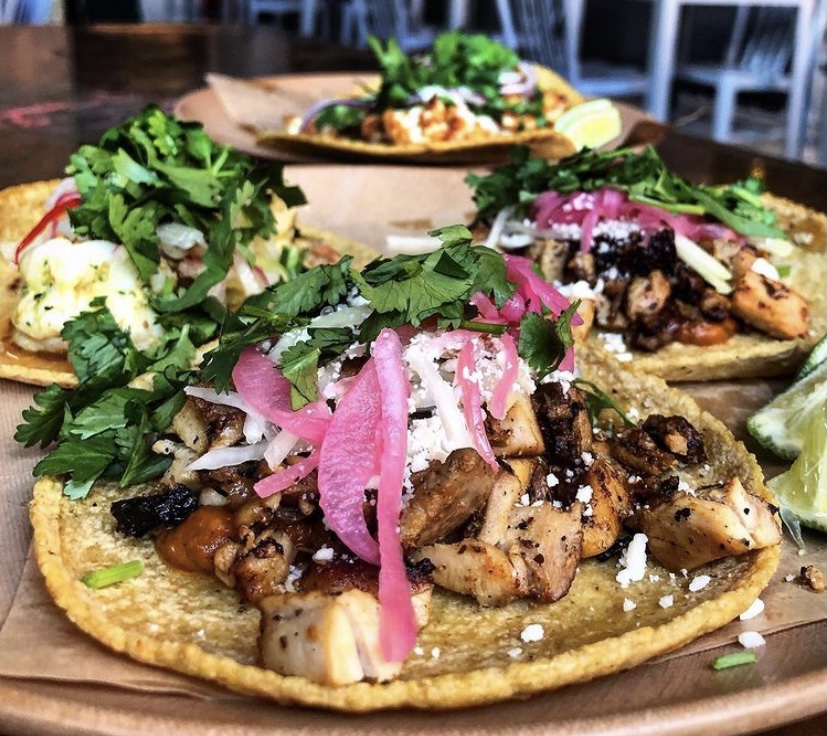
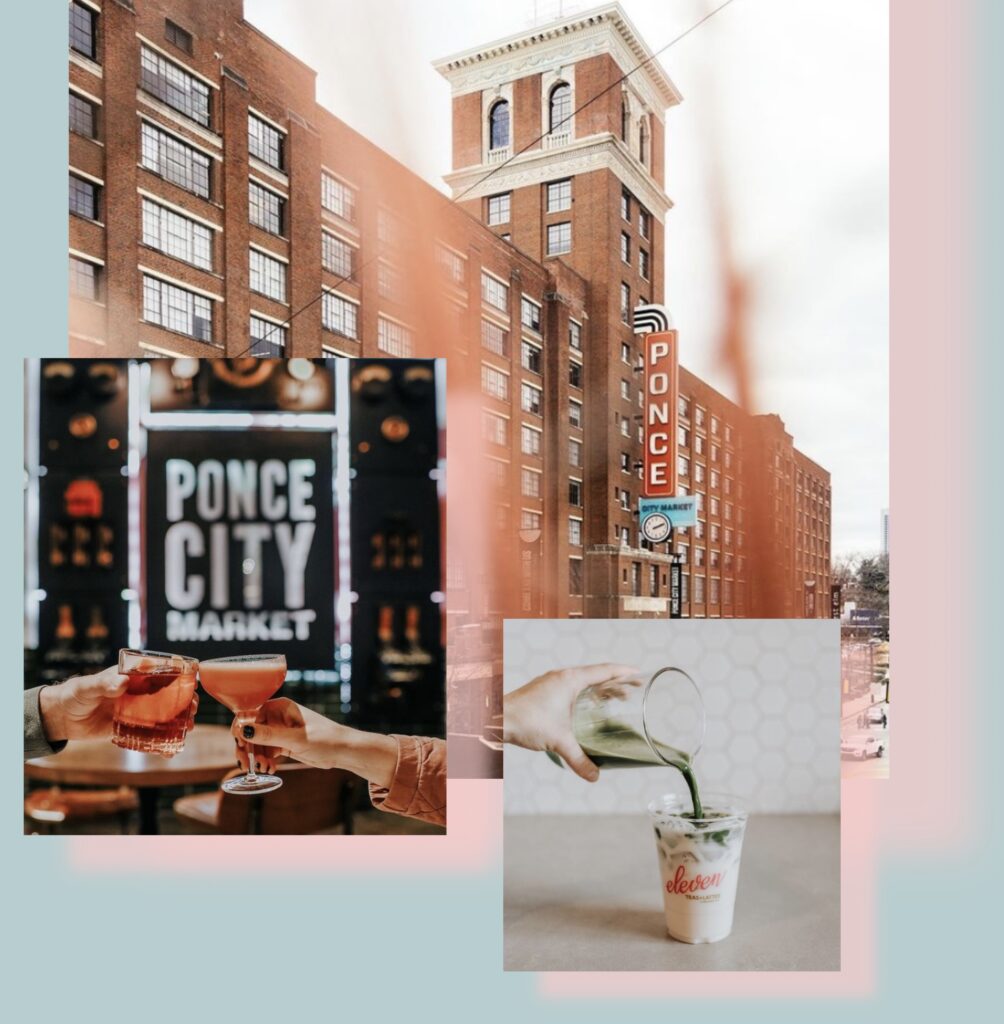
Unlike Midtown, Buckhead has historically been a rich area in Atlanta. There has been little to no gentrification and the average household value has only been driven up as a result of inflation. Buckhead was once a very small town and extremely rural. At the beginning of the nineteenth century, Buckhead developed a pottery industry because the clay in the area was very high quality. The district quickly became an affluent area and its status still remains the same. Unlike Midtown, the population in Buckhead is less diverse and the percentage of immigrants in the area is much lower. Therefore, the cuisine in the area is pretty standard from restaurant to restaurant. While there are ethnic restaurants in the area, the majority of the food tends to be traditional American cuisine. For example, it is far more likely for restaurants in Buckhead to serve steak, elaborate pasta dishes, and similar types of food than other areas of Atlanta. The menus at these restaurants tend to be large and because multiple course meals are popular here, the portion sizes are often smaller than plates in other areas. Although Midtown cuisine is also “high-end”, it tends to be less “luxury” than that of Buckhead. The populations in both areas tend to be affluent, but the atmosphere of Buckhead restaurants tends to be strictly upscale because the district has always been that way whereas Midtown better represent the socio-economic changes that have occurred in the area.
Aria, one of Buckhead’s most popular restaurants, captures the “mood” of the area’s cuisine quite well. The restaurants has multiple menus and smaller portion sizes. It is expected that customers will want to order an appetizer, main entree, and a dessert. The portion sizes accommodate this well. Because they tailor to wealthy individuals, they are able to split up the meal in this fashion. Restaurants in less affluent areas do not operate in this manner because often times customers only have the means to order one plate and the reason for visiting is more so for sustenance rather than to enjoy the flavors and textures of the food.
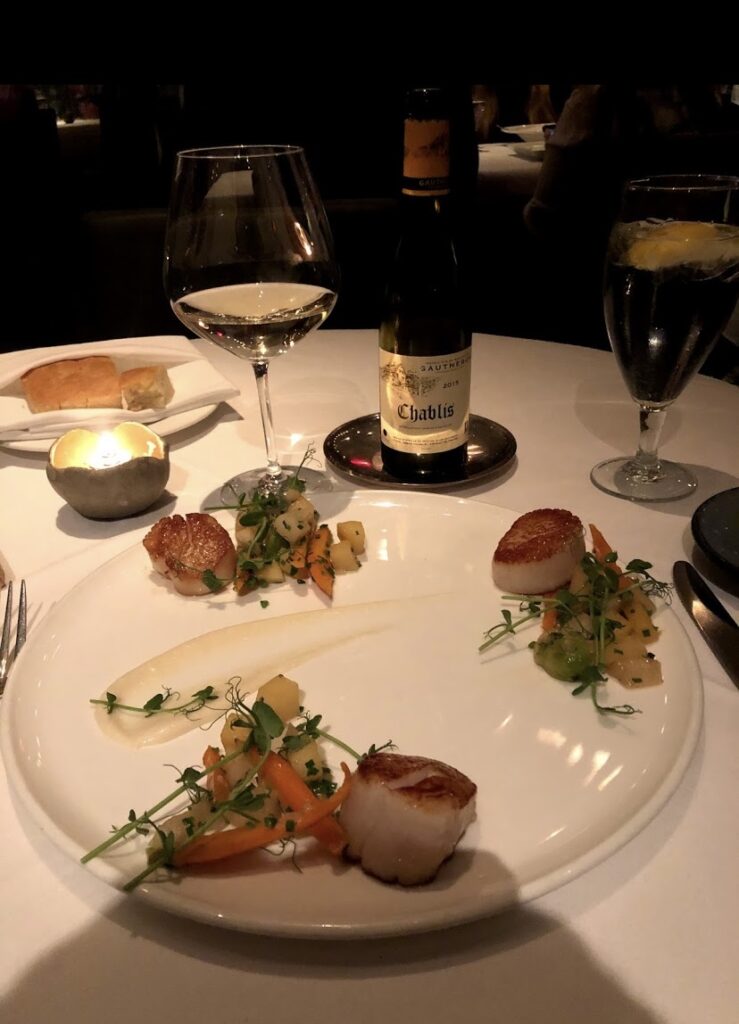
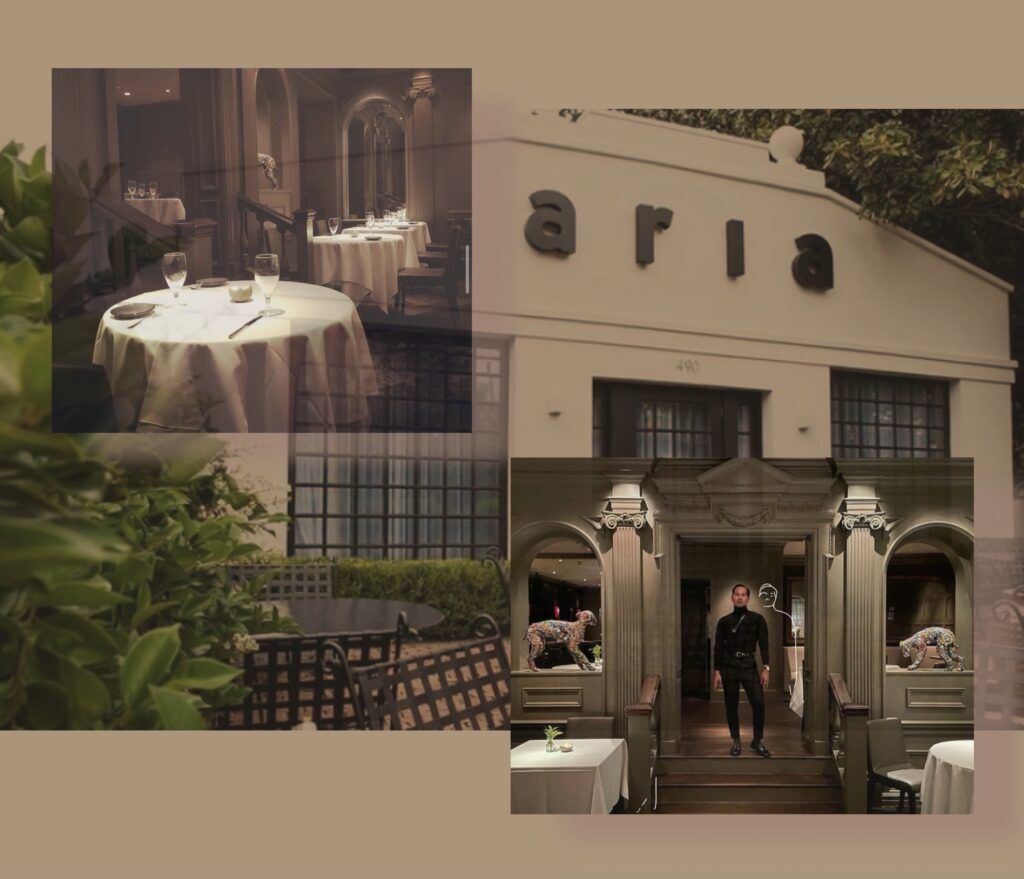
The atmosphere of Doraville is extremely different from that of Midtown and Buckhead. The average income per household in the area is much lower than it is in both Buckhead and Midtown. Additionally, a much larger percentage of the population are immigrants. Doraville’s demographics are extremely diverse and the Hispanic and Asian populations in the area are large. As a result of these factors, the restaurants in the area are much different than those in Midtown and Buckhead. The food available in Doraville is ethnic and very authentic. The styles of the restaurants in the area are more modest and the prices of food are much cheaper. Often times different types of food in the area are grouped together. For example, there is an extremely large plaza in the city that is made of entirely of Asian restaurants. Similarly, there are other plazas and strip malls that encompass other types of food. Restaurants are grouped together like this so that they are near the clientele that they tailor to. For instance, the Asian population in Doraville primarily lives in one specific area and the majority of Asian restaurants in the city are nearby. La Mei Zi is a very popular restaurant in this plaza. Unlike Buckhead, the menu is focused primarily on entrees instead of a multiple course meal. The food is extremely authentic because it is being made by immigrants for immigrants. In other areas authentic food from their native country likely would not be available. Immigrant status and the authenticity of food in an area often go hand-in-hand and this trend is made very clear in Doraville.
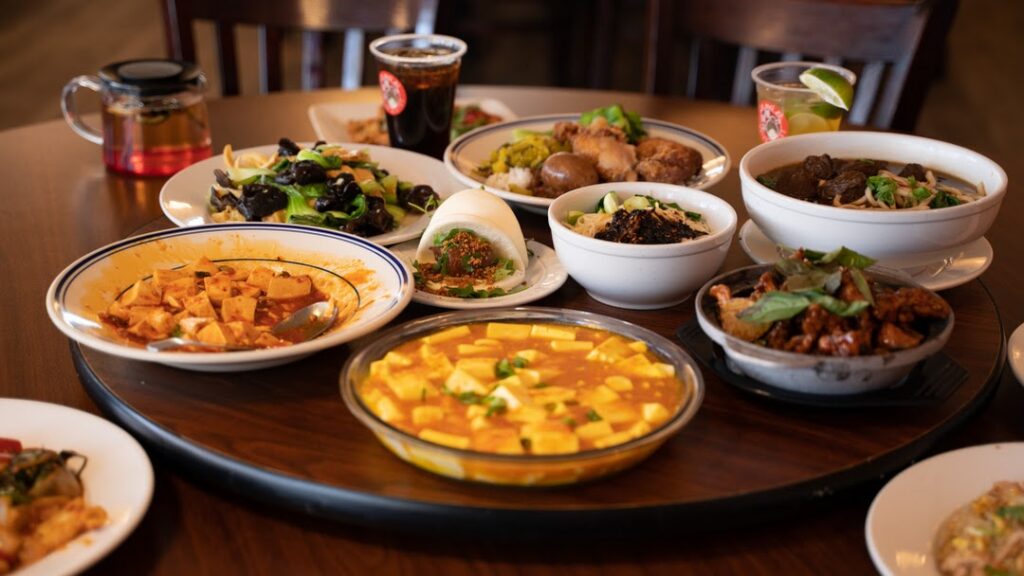
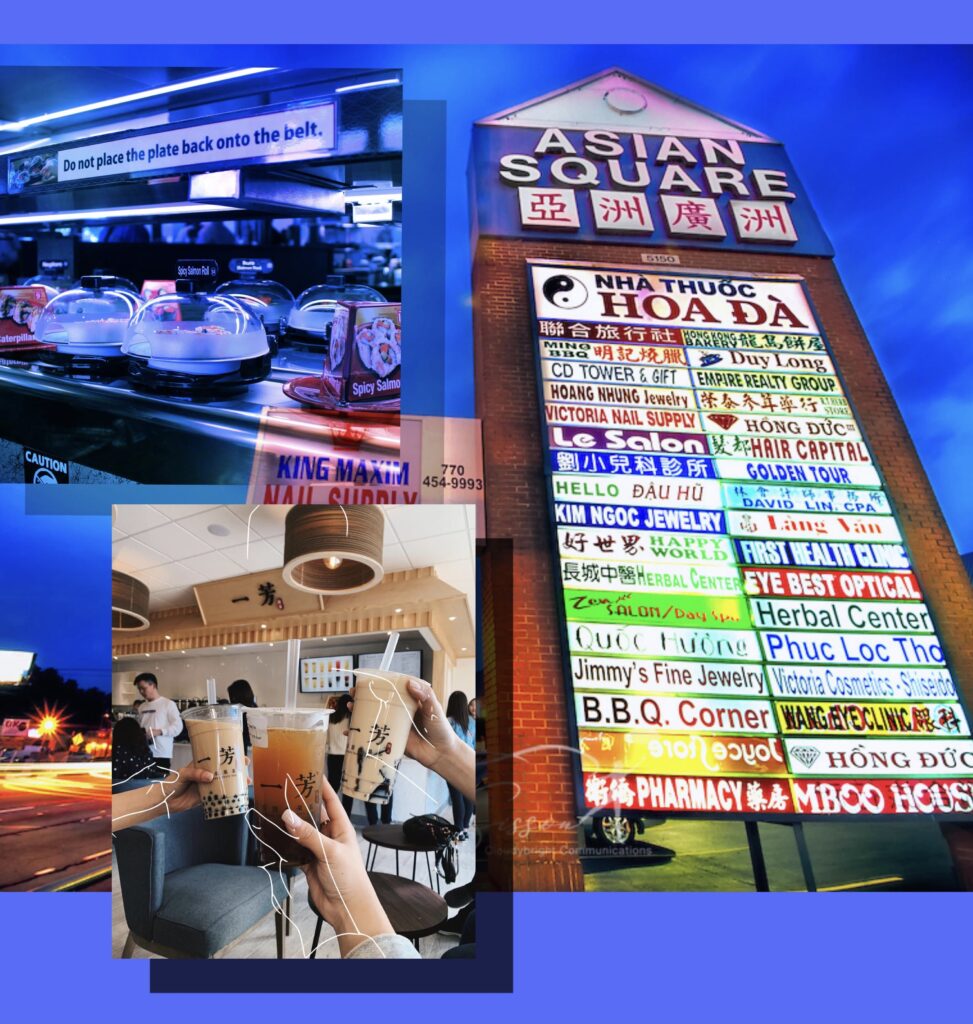
Overall, it is important to recognize that the food in any city is more than just a meal. It represents the past of the area and manifold characteristics of the local population. You can tell a lot about an area by the types of restaurant present there. When compiled together, restaurants in Atlanta represent all of the unique and diverse aspects of the city. They come together to form a “story” and can be appreciated for more than just serving food. It is said that food brings people together, but I also find this to be true in a larger context. When eating food from any given area in Atlanta, you are immersed in that culture and you experience the “mood” of the district and its inhabitants. Personally, I find this to be really special because each experience at a restaurant is unique and you can take something more away from the meal that just a full stomach. The “moods” present in different parts of Atlanta differ greatly from one another because the city as a whole is extremely dynamic. Understanding Atlanta can be difficult for this reason, but restaurants and the food that they serve help to illustrate the city as a whole.
Works Cited
“About Doraville.” Welcome to Doraville, GA, www.doravillega.us/visitors/about_doraville.php. “The History of Buckhead: What Makes It Great.”
Buckhead, 23 Mar. 2019, www.buckhead.com/history/. Immergluck, Daniel and Balan, Tharunaya.
“Sustainable for whom? Green urban development, environmental gentrification, and the Atlanta Beltline” (2017). USI Publications. 14.

Your post was so eye-opening! Often times when I think about the restaurants in Atlanta and the surrounding areas, I just consider it as collectively diverse, so reading your post about how areas differing in socioeconomic and demographic status completely shapes the food was very interesting. My favorite line of your post was when you referred to the restaurants in Midtown as “reflect[ing] the diversity of the area, but do not fail to also encapsulate the gentrification present and the constant increase in the area’s affluence.” It was such a powerful line, and it’s very true and somewhat sad of how shallow in authenticity those restaurants tend to be. When you talked about that, I couldn’t help but think about how often people, especially our age, seem to go to restaurants and order certain dishes just for the pictures they can take with it.